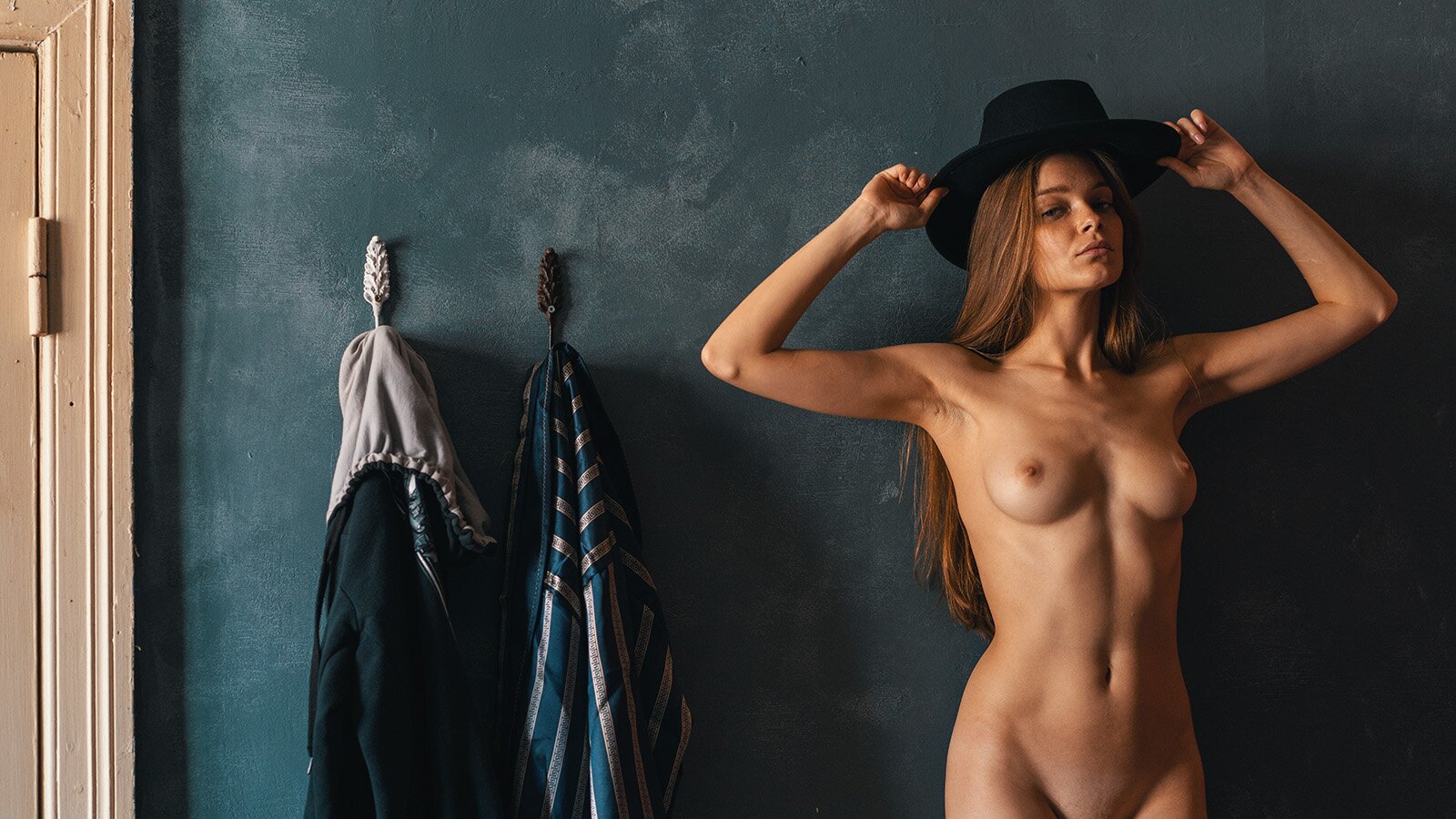When I was a child I asked myself what was needed to make a painting special enough so that it could end up in a museum. A museum was the place for art. So that was the benchmark for me back then. My answer was that you probably have to be particularly good at painting. Definitely better than the others.

My parents had hung up a print of a painting by Paul Klee and to me it didn't look much different than cookies on a baking sheet. If he could become famous with this, he probably was the first to surprise other people with such graphics, I figured.
Even if these views are childlike, now as an adult I would still answer the questions similarly.
A work of art is not created by reproducing reality, but rather the interpretation of a moment. This applies to paintings as well as to photographs.
By choosing an angle of view on a specific focal length, cropping the viewing area, controlling sharpness and by post-processing the content of the image gets controlled. And the resulting image will trigger something in the viewer or not.
This is probably the crux of the matter. Because a viewer will not automatically feel the same as the artist. When I take a photo, I was there, communicated with the model and only I know why I did what and how. Without further explanation this photograph has to awaken emotions when being viewed. For me, this is one of the true meanings of art.
Taking pictures is easy.
But photography is a very difficult art.
Pontus Hulten
I studied art history for eight semesters and a lot of it was too much for me. Too theoretical. Too much rambling and interpretation. We live in a world of overstimulation. I see art as a form of entertainment. Art has to please, I would claim today.
That does not mean that I deny art status to pieces that for example shock, draw attention to grievances or provoke. All of this also has its justification. But just as I don't like thrillers because they are too brutal for me personally and don't do me good, I would like to be positively addressed by art myself.
Art should make me feel positive. As you can see, definitions on this topic always have a very subjective level. And it is likely that your personal definition will be different.
While doing research for this article, I came across something astonishing. As early as 1932 Maxim Kopf wrote "Art styles pass, but the basic feelings from which they lived continue to exist and come to light again and again. [...] Because styles always live from a certain basic human attitude [...] what happens through history is nothing else than the human being, who unfolds in the numerous possibilities of his feeling and understanding of the world."
I would subscribe to that straight away. Art is about feeling and feelings.
The question remains: When is photography art and when is it only a snapshot? To answer this, Susan Sontag's "Dictum of the New" is often cited as a criteria for the artistic content of a photograph: the exploration of new formal possibilities, the invention of new visual languages and photographic vision. So it's not about technical perfection, but about creating something "new". A work of art must raise questions. What does the picture trigger in me? Does it open up a new look for me?
What I take from these definitions is without doubt that art doesn't just happen. Art is not a coincidence, but the result of a process. Or as Karl Valentin once put it: "Art is beautiful. But it is a lot of work."
When it comes to the question of how new something has to be in order to be considered art, I find it difficult to say. Because what is new for one person is old for another. We all learn through experience, soaking up visuals like sponges. We create our own connections and mix everything up again.

I always want to find new angles and points of view. I aspire not to repeat myself in my work. But it is impossible. I photograph certain poses and situations over and over again, e.g. a girl with her arms crossed behind her head.
Is such a pose worse because the visualization isn't unique? Can the photo no longer become a work of art just because something similar has already existed?
Decorating with art


When I studied Art Nouveau style, I noticed that handicrafts were celebrated here. A whole epoch was concerned with decoration, ornamentation and decorating. You don't necessarily have to like that. But we all agree there's a hell lot of work behind it, right? And the purpose of this decoration is to make our everyday life more beautiful.
For me, this means that decoration shouldn't be a derogatory term. Personally I would like to add that aesthetics are of paramount importance when it comes to art. I want to enjoy a picture and feel a certain admiration for the beautiful.
Now I could go on philosophizing about grace and sensuality, but I had promised not to write a doctoral thesis. And while this article may raise more questions than it answers, I believe that these are not entirely unimportant questions when dealing with photography and art.
